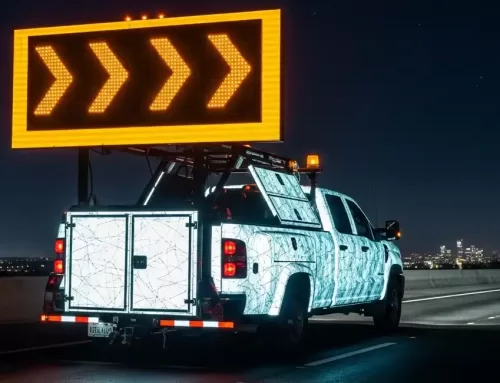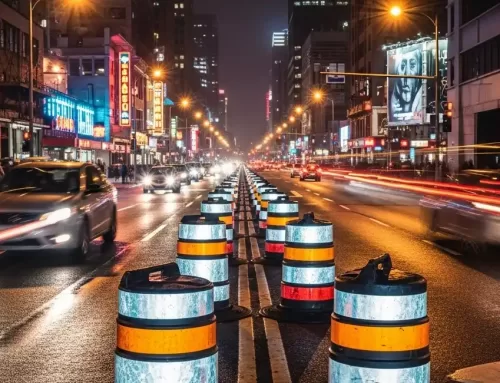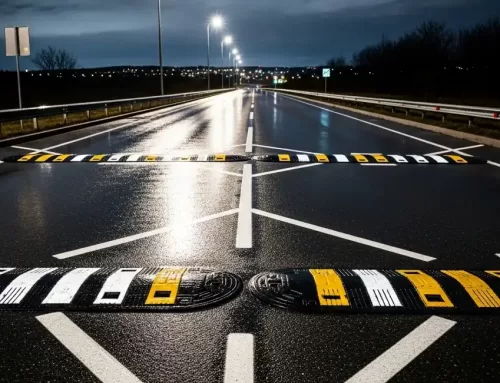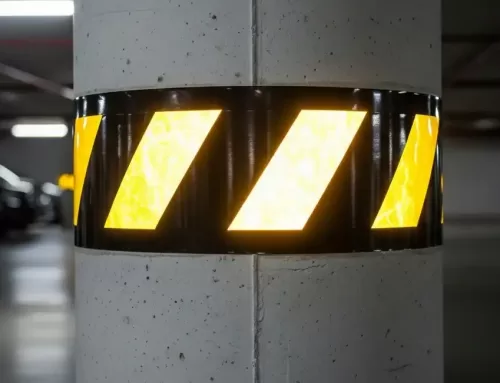Can the reflective markings withstand harsh weather conditions such as rain, snow, and extreme temperatures?
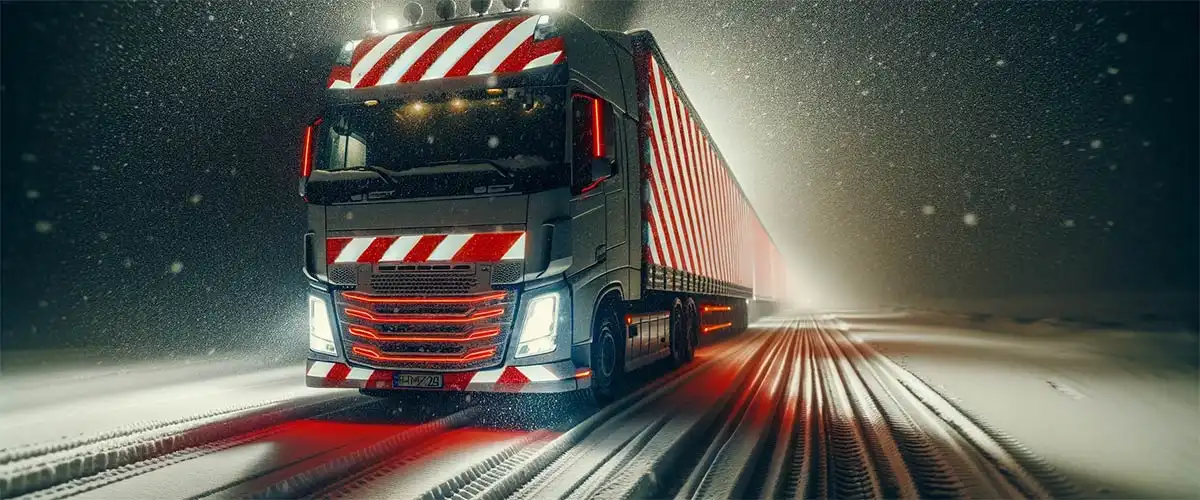
Resilience of Reflective Markings in Extreme Weather Conditions
Reflective materials have become the unsung heroes of nighttime safety, guiding drivers along dark roads and ensuring workers are visible during inclement weather. But the true test of these materials lies not in their ability to shine, but in their capacity to endure. This article explores whether reflective markings can truly withstand the trials of rain, snow, and extreme temperature variations, and how prismatic reflective films from XW Reflective rise to the challenge.
Introduction to Durability in Reflective Materials
Reflective materials are more than mere tools for visibility; they are lifelines in the most literal sense. The reflective sheeting that lines our road signs, vehicles, and safety gear must stand up to an onslaught of environmental factors—without faltering. It is in this relentless exposure to the elements that the quality of reflective film is proven.
What Makes Reflective Materials Weather-Resistant?
At the heart of weather-resistant reflective material lies a combination of innovative design and robust materials. Retroreflective and prismatic reflective technologies are at the forefront of this innovation. These materials are not only engineered to throw light back to its source with minimal scattering, but also to resist the degrading effects of harsh weather conditions.
High-Intensity Reflective Sheetings and Their Performance in Harsh Weather
High-intensity reflective materials, characterized by their bright, highly reflective surfaces, are particularly adept at maintaining visibility in poor weather conditions. These sheetings, which often employ microprismatic technology, are constructed to provide a superior level of retroreflectivity, especially in adverse weather conditions where visibility is compromised.

